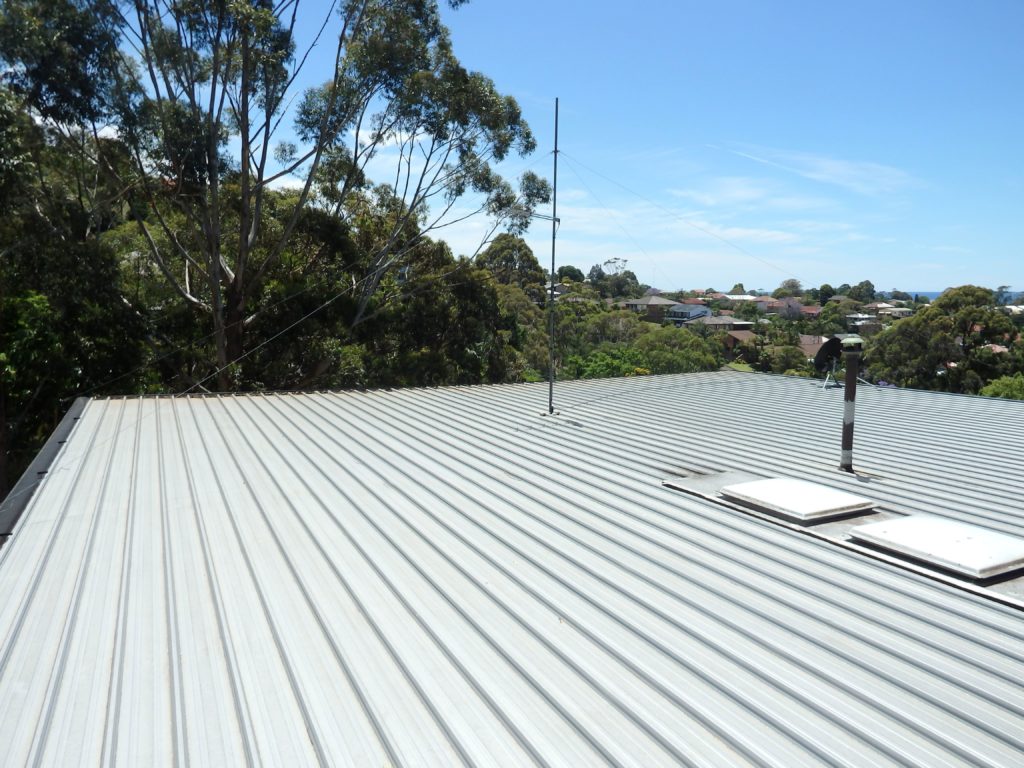Metal roofing is known for its durability, longevity, and aesthetic appeal. It offers a wide range of installation options to suit different architectural styles and preferences. One question that often arises is whether metal roofing be installed horizontally. In this article, we will delve into the possibilities and considerations of installing metal roofing horizontally, providing insights to help you make an informed decision for your roofing project.

Understanding Horizontal Metal Roofing Installation
Metal roofing can be installed horizontally refers to the placement of metal panels in a horizontal orientation rather than the traditional vertical orientation. While vertical installation is the most common method, horizontal installation can be considered for specific design purposes or to achieve a unique visual effect.
Benefits of Horizontal Metal Roofing Installation
1. Modern Aesthetic: Installing metal roofing horizontally can create a sleek and modern appearance. The clean lines and uninterrupted horizontal pattern can add a contemporary touch to the overall design of a building.
2. Long Panel Lengths: Horizontal installation allows for longer panel lengths, resulting in fewer seams and potentially reducing the risk of leaks. Longer panels can provide a more streamlined look and may be advantageous for large roofs with expansive areas.
3. Design Flexibility: Horizontal metal roofing installation offers design flexibility, allowing for creative possibilities. Particularly appealing for commercial buildings, modern residences, or structures that desire a distinctive horizontal pattern.
Considerations for Horizontal Metal Roofing Installation
1. Slope Requirements: It is important to consider the slope requirements when opting for horizontal metal roofing installation. Metal roofing typically requires a minimum slope to ensure proper water drainage and prevent water pooling. Horizontal installation may have specific slope requirements, and it is crucial to consult the manufacturer’s guidelines and local building codes.
2. Weather Considerations: Horizontal metal roofing installation can be susceptible to water infiltration if not properly installed. Adequately sealing seams and fasteners is necessary to prevent leaks. Additionally, horizontal installation may require additional attention to ensure proper ventilation and prevent moisture buildup beneath the panels.
3. Thermal Expansion and Contraction: Metal roofing expands and contracts with temperature changes. Horizontal installation may increase the visible effects of thermal movement, as the panels will expand and contract horizontally. Proper allowances for expansion and contraction must be accounted for during installation to avoid panel distortion or damage.
Conclusion
While vertical installation is the conventional method for metal roofing, horizontal installation can offer unique design opportunities and a modern aesthetic. However, it is essential to carefully consider the specific requirements and potential challenges associated with horizontal metal roofing installation.
Consulting with a professional roofing contractor experienced in metal roofing installations is crucial to ensure that your project meets structural, design, and weather-related considerations. They can provide expert guidance on whether horizontal metal roofing installation is suitable for your specific needs and help you achieve a successful and visually appealing result.



Leave a Reply